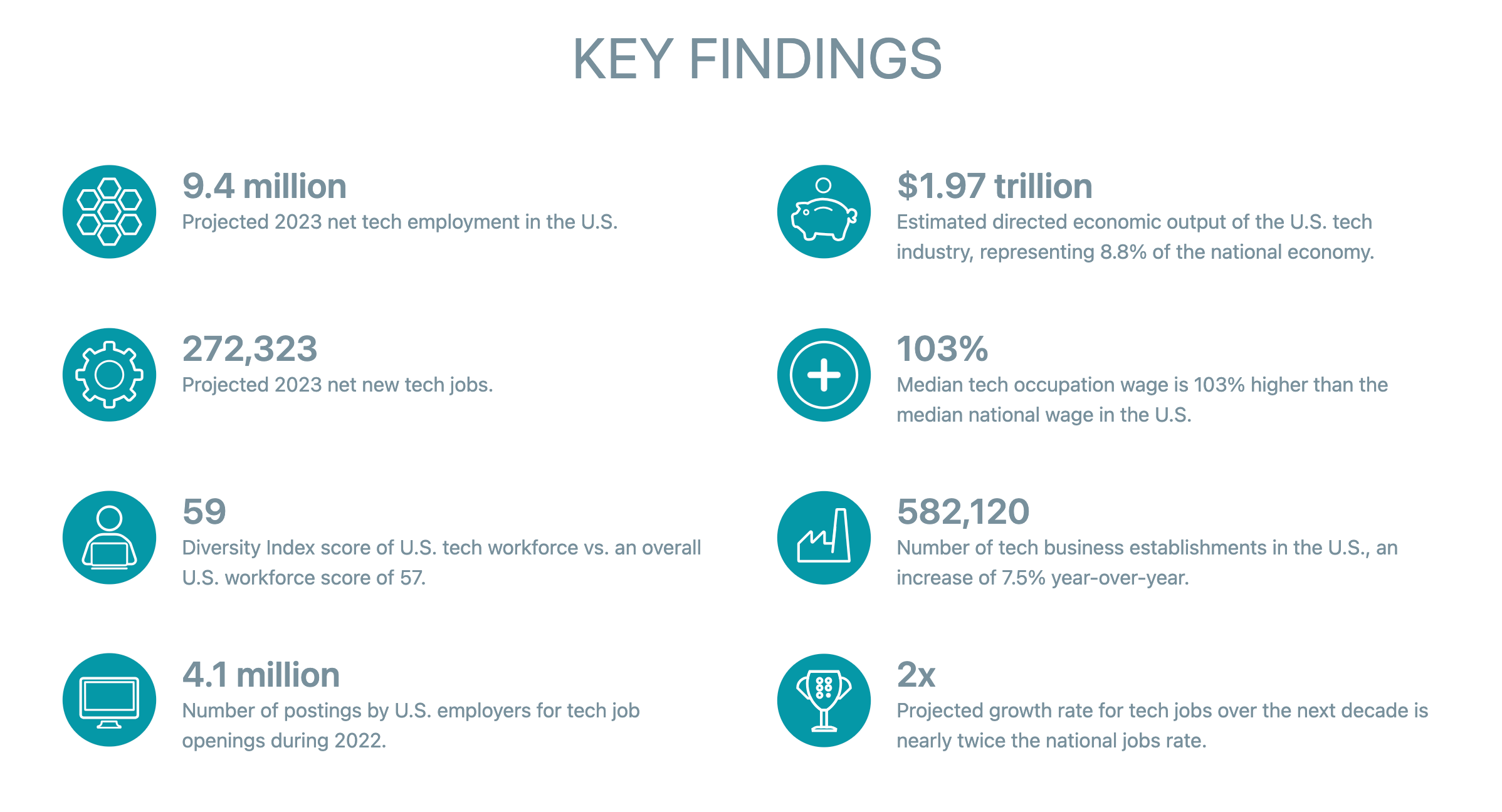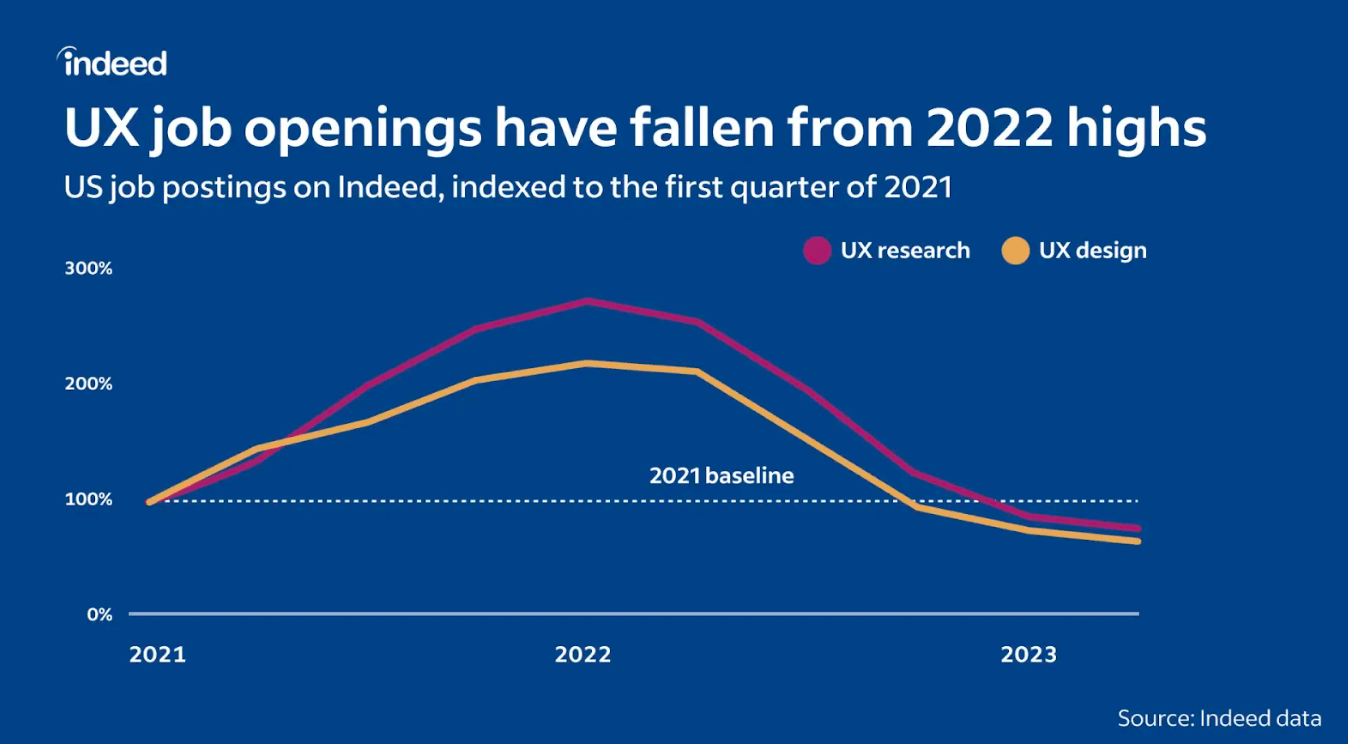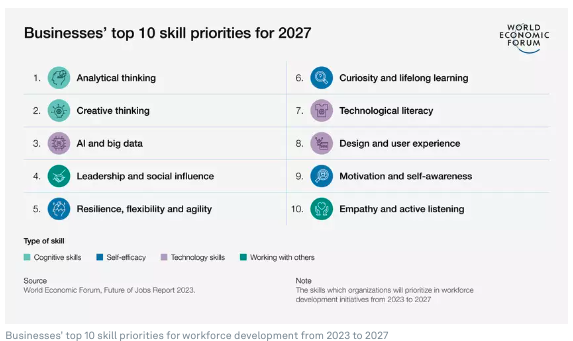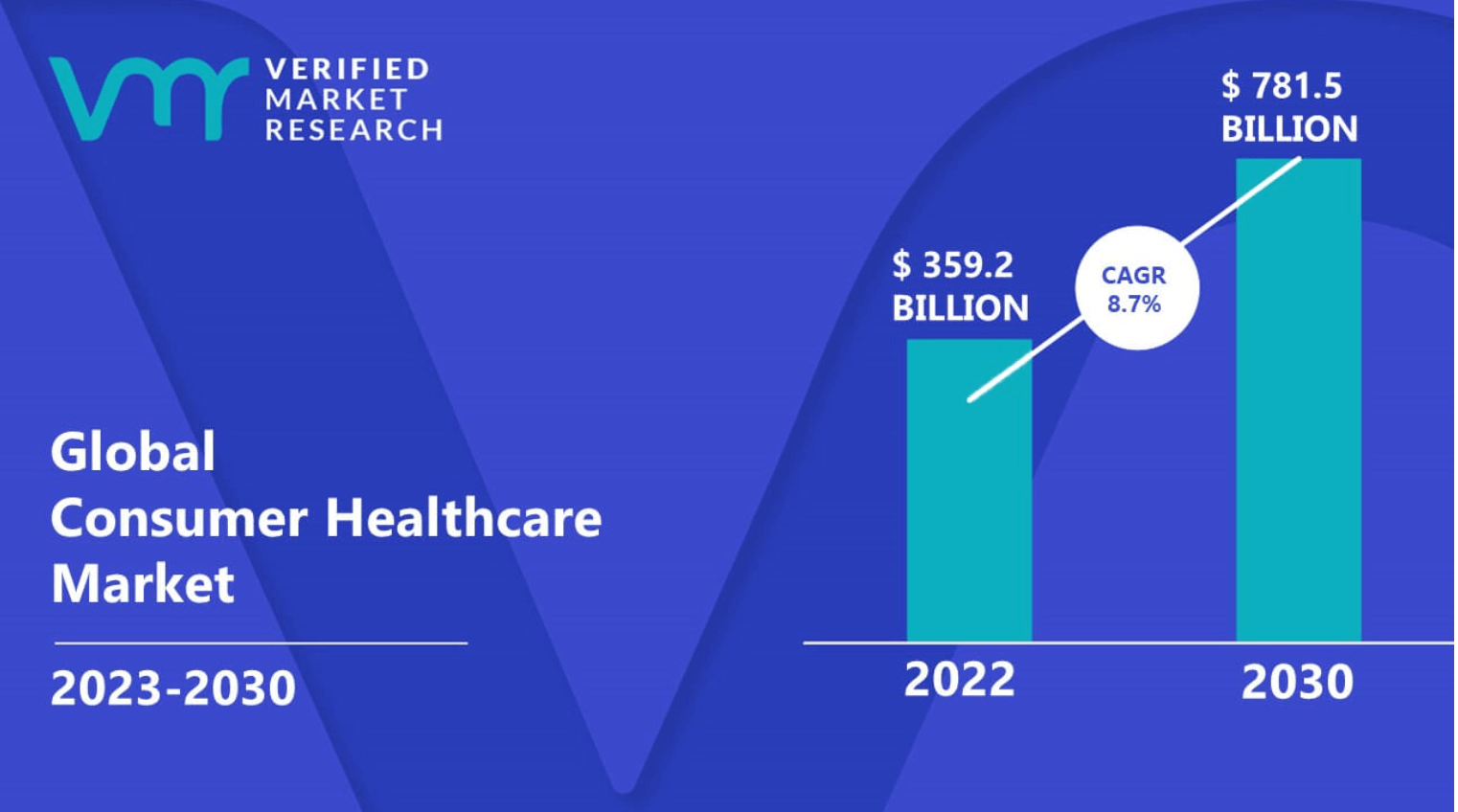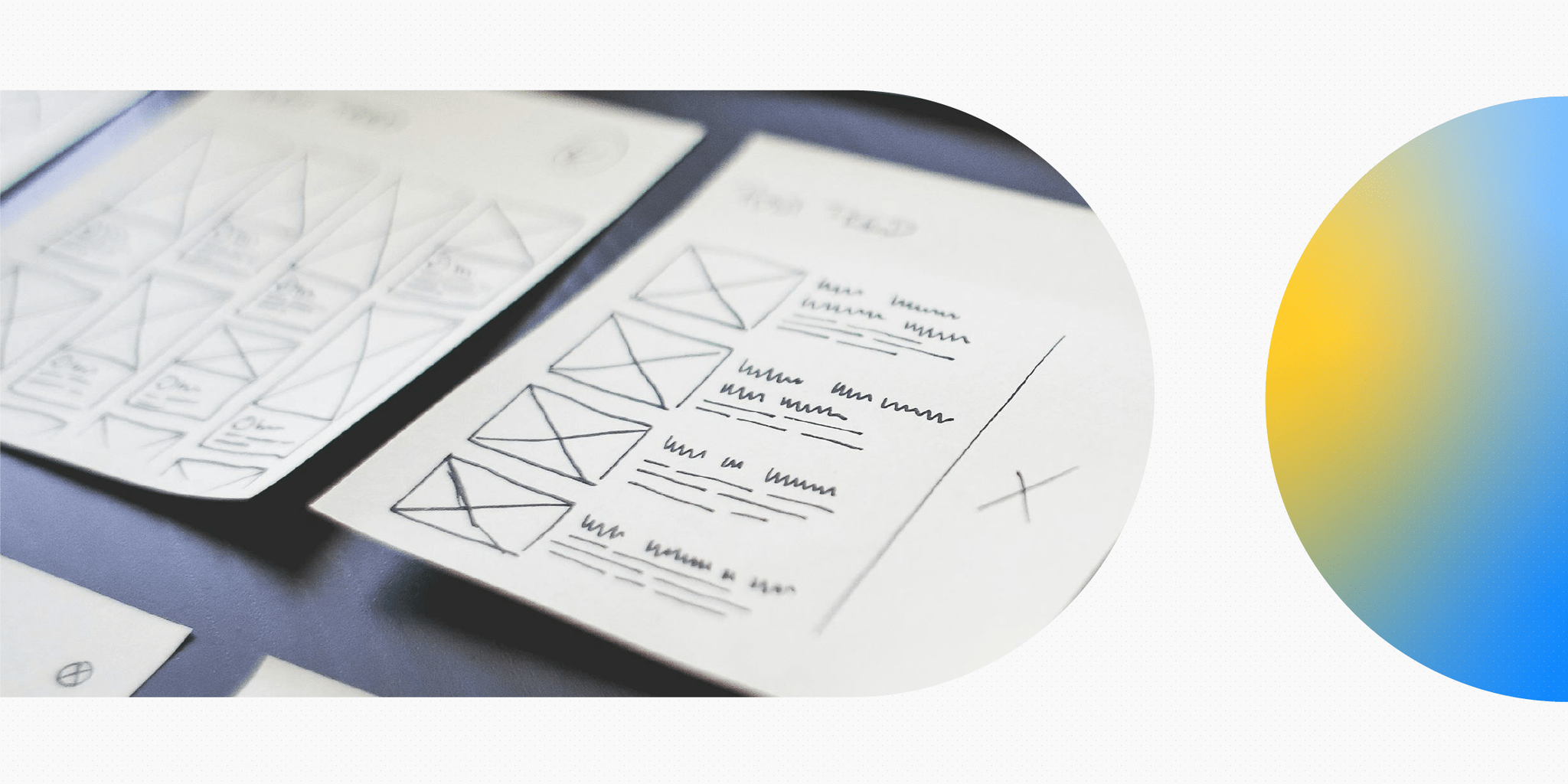If you’re considering becoming a UX designer, you may be concerned about job market saturation. With ongoing tech layoffs, hiring freezes, and a notable downturn in UX job postings, it certainly feels like UX is perhaps no longer the secure career path it was five or ten years ago.
But what’s the reality?
We looked up the latest market data and hiring trends, and spoke to Eoghain Cooper, Career Advisor and Recruiting Specialist at UX Design Institute, to find out what’s going on in the UX job market right now—and how it’s impacting entry-level UX designers in particular.
We’ve compiled all the most useful insights into this article, divided into two parts: The UX job market outlook for 2024, and practical advice for entry-level designers.
Part 1: The UX job market outlook for 2024
Has the UX job market reached saturation point? (The short answer)
The short answer to this question is no—the UX job market has not reached the point of oversaturation.
The industry is changing and evolving (when is it not?) and the UX job market isn’t what it was two or three years ago. We have seen a downturn in UX job postings in recent years, for reasons we’ll go into shortly.
Despite this, UX designers are still in demand—and there’s still a notable deficit of skilled UX professionals.
As you can see, the topic is a bit more nuanced than a simple yes or no. With that, let’s take a closer look at what’s really going on.
Why does it feel like the UX job market is saturated? What’s driving this misconception?
A lot is happening in the UX industry right now, and it’s not surprising that UX designers might feel like they’re on shaky ground—especially entry-level ones. There are several key factors contributing to a general feeling of uncertainty in the job market:
- Large-scale (and ongoing) layoffs in the traditional tech sector
- A significant downturn in UX job postings
- The rise of AI
All pretty scary on the surface—but decidedly less so if you dig a little deeper. With that, let’s explore the reality behind the headlines.
Large-scale layoffs in the traditional tech sector
Big Tech layoffs have been plaguing our news feeds for the last few years, with the likes of Meta, Alphabet (Google’s parent company), Microsoft, and X (formerly Twitter) laying off employees in the thousands.
This doesn’t sound great. But Eoghain Cooper, Career Advisor and Recruiting Specialist, reminds us that context is key:
This perception of oversaturation largely comes from the fact that, during the pandemic, there was a massive increase in hiring across the board in the tech sector. I believe Google was hiring at twice the usual rate once the pandemic hit—as were lots of other tech giants. More roles were being hired for than was sustainable long-term, and this has resulted in hiring freezes and layoffs in order to return to more sustainable employee numbers.
It’s also important to point out that high-profile layoffs aren’t reflective of the entire tech industry. While it is alarming to read about thousands of people being laid off from big companies, these numbers still only translate to a small percentage of the tech workforce overall.
If you zoom out and look at the bigger picture, you’ll find that the global tech industry is still growing. Forrester’s Global Tech Market Forecast for 2023-2027 estimates that global tech spending will grow 5.3% in 2024—up from 3.5% in 2023. Economic conditions are improving; a positive sign for the tech and UX job market at large.
And, despite the recent wave of layoffs, experts are still predicting strong job growth for the tech industry. According to CompTIA’s State of the Tech Workforce Report, the projected growth rate for tech jobs over the next ten years is almost double the national growth rate for all other jobs. UX and UI jobs are predicted to grow at a rate of 4.7%—good news for anyone looking to enter the job market.
Source: CompTIA’s State of the Tech Workforce Report
In short: The tech hiring frenzy during the pandemic, and the subsequent return to pre-pandemic hiring levels, has distorted the bigger picture. In reality, the UX job market isn’t in decline; it’s simply returning to a more stable state.
We’ve written a separate post on the topic of tech layoffs and how to navigate them—worth a read if you want a more in-depth exploration of this particular factor.
UX job postings have decreased significantly in recent years—what’s going on? The numbers don’t lie—but perspective is everything.
If you’ve been keeping an eye on UX job openings, you’ve probably noticed that there’s been quite a drop. From 2022 to 2023, job site Indeed reported a 73% decrease in UX research job postings. UX designer job openings were down 71%. Yikes!
Source: Indeed
The numbers don’t lie—but perspective is everything. Remember how the hiring frenzy during the pandemic years (2020-2022) turned out to be unsustainable and unrealistic in the long term? It makes sense, then, that UX job postings would drop to more normal levels in 2023 and beyond.
Even more reassuring is the longer-term trend of job growth before the pandemic. If you compare UX research job openings in 2023 to those in 2018, you’ll notice a 53% increase over those 5 years. Not bad!
Likewise, while a 71% drop in UX design openings from 2022-2023 seems shocking, that’s only a 23% decrease from 2018-2023. The longer-term trajectory is considerably less worrying and speaks to the natural maturation of the UX industry.
In short: UX design job openings may be down compared to a few years back, but the demand for skilled UX designers is not. As Eoghain puts it:
There are still fewer UX jobs than there were at the end of 2022— I’m not going to pretend there hasn’t been a downturn. But ultimately there is still a deficit of qualified and highly qualified individuals.
The rise of artificial intelligence—will AI replace UX designers?
It’s impossible to talk about job security without mentioning AI. Perhaps one of the most frequently asked questions since ChatGPT and similar entered the mainstream is: Will AI replace UX designers?
A legitimate concern, but not a reality that seems likely to materialise any time soon (if ever). So what’s the situation here?
The World Economic Forum predicts that, while AI will have an impact on current jobs as they are, it will also create 92 million new digital jobs by 2030. Also, as per their Future of Jobs, 2023 report, World Economic Forum forecasts that businesses will prioritise design and UX skills as top tech skills (besides AI and big data) between 2023 and 2027.
Source: World Economic Forum,
As for UX specifically, AI is already streamlining certain aspects of the UX design process. Many designers are now using AI tools to help with user research, content design, and general day-to-day tasks.
But, given that UX is fundamentally a human-centric field that relies just as much on emotional intelligence and empathy as it does on data and analytics, there’s no likely scenario where AI could fully replace human designers.
The rise of AI is more of an opportunity than a threat. UX designers can work faster and more efficiently—leaving more room for strategy and creative thinking. Exciting times!
For further insights on the topic, check out this interview with Nick Babich, Principal UX Designer at Brain Technologies, exploring how AI will impact UX designers in both the short and long term.
Are UX designers still in demand? 3 major growth sectors for UX jobs
Overall UX job growth has slowed in recent years, especially within the tech sector. However, while typically UX-heavy industries are starting to plateau, we’re seeing an interesting shift in other industries that haven’t traditionally focused on UX.
Eoghain Cooper specialises in helping entry-level UX designers land their first job, and he notes three sectors in particular that are investing heavily in UX right now:
- The finance industry
- The medical tech sector
- Government and civil service
So what’s driving the UX boom in these sectors? Ultimately, a more pressing need than ever to adapt, modernise, and provide a first-class user experience.
UX job growth in the finance industry
In finance, legacy banks are now competing with challenger banks like Revolut, N26, and Monzo. If they want to keep up, they need to level up in terms of the digital experience they provide—and that, of course, requires skilled UX designers.
The NatWest Group, for example, invested $2.3 billion in their digital transformation strategy in 2022, while JPMorgan and Morgan Stanley are both building new UX divisions to support their digitisation efforts. These are just a handful of examples of the rise of UX in finance.
The rise of UX in the medical sector
The medical sector is also undergoing intense digitisation, driving a greater need for UX designers. The global consumer healthcare market is projected to reach $781.5 billion by 2030—and, most significantly for UX, the Internet of Medical Things (IoMT) market is projected to reach $187.6 billion by 2028 (compared to $13.23 billion in 2020). There’s a rapidly growing demand for digital healthcare solutions—and for people who can design them and ensure they’re accessible and usable.
Source: Verified Market Research
A UX hiring surge in government sectors
Eoghain also notes a growing demand for UX designers in the government and civil service sectors across the US, UK, and Ireland—both within government organisations directly and with consultancies working in that area. The UK government has pledged to hire for 2,500 tech and digital roles by June 2025, with a focus on entry-level talent. This coincides with the UK government’s plans to prioritise UX and data as part of their digital transformation agenda.
In 2023 alone, the US Department of Veterans Affairs hired over 1,000 people into tech jobs. And, at the end of 2023, the US Department of Labor announced $204 million in grants to improve the capacity, user experience, and reliability of its unemployment insurance systems.
All this to say: there are some major digital transformation efforts going on outside of the traditional tech sector—and a wealth of UX job opportunities as a result.
Eoghain’s advice? Don’t just focus on the traditional tech sector. Broaden your UX job search to discover new opportunities that are opening up (in abundance) in alternative, high-growth industries.
How are bootcamps and free courses impacting the UX job market?
UX jobs are out there, but competition is stiff. And yet hiring managers are still struggling to find top-quality candidates who are truly qualified.
Careers expert Eoghain says that this is one of the biggest complaints he hears from UX hiring managers—and that it’s partly to do with the rise of UX bootcamps and free courses.
“Hiring managers are struggling to find good quality junior candidates. Candidates are coming from degree programs, low-priced and even very expensive courses and bootcamps—and while those courses do take you through some of the required skills, they don’t teach you enough about the design thinking process. They don’t train you in how to delve into the nature of UX problems. They teach you the nuts and bolts but not how to put it all together.
There are some good courses out there—I can’t speak for every program or bootcamp—but the vast majority don’t have input from industry experts so their content doesn’t align with current industry requirements.”
Essentially, the UX bootcamp market has exploded, driving an increase in the number of people applying for junior UX roles. Unfortunately, that makes it harder for hiring managers to sift through lower-quality applicants and find the gems amongst them. A major pain point for both companies and candidates alike.
Read also: If you want to start a career in UX, bootcamps and free courses are not the answer—here’s why.
The UX job market outlook for 2024: Key takeaways
In summary:
- The UX job market has not reached the point of saturation. Skilled UX designers continue to be in high demand, with many hiring managers struggling to find top-quality candidates.
- UX job postings have decreased since 2022. This can largely be attributed to a general downturn in the traditional tech sector as companies scale back after over-hiring during the pandemic. Before 2022, UX design job growth was steady.
- As the market stabilises and more businesses invest in digital transformation, we’ll see the demand for UX designers rise steadily again. The future is bright!
- Outside of the traditional tech sector, UX hiring is growing—especially in finance, medical tech, and government.
- With the rise of UX bootcamps, there’s an increase in the number of candidates applying for junior UX jobs. However, top-quality candidates are hard to come by. Differentiation is more important than ever!
On that note, let’s consider how entry-level UX designers can boost their chances of success in the current job market.
How can entry-level UX designers stand out and increase their chances of getting hired?
The UX job market is competitive—and, as we covered in part one of this report, there’s an abundance of entry-level hopefuls coming from UX bootcamps and courses.
So how can you cut through the noise and prove your value?
Career Advisor and Recruiting Specialist Eoghain Cooper offers 5 key pieces of advice that have proven crucial in helping his graduates land jobs:
- Pay attention to the quality of your portfolio
- Strategically leverage your previous experience
- Showcase success metrics
- Take a targeted approach to your job search
- Optimise your resume for ATS (Applicant Tracking Systems)
Let’s explore each strategy in more detail.
1. Pay attention to the quality of your portfolio
Your UX design portfolio is your first real opportunity to show hiring managers what you’re capable of. Eoghain emphasises the importance of quality over quantity here: you don’t need loads of projects—one or two is enough to get your foot in the door, as long as they’re well thought-out and communicated.
And, while you’re often advised to showcase your design process, Eoghain explains that it’s much more impactful to showcase the results of your process.
“Often, when starting their portfolio, junior designers will explain what they did, step-by-step, without actually highlighting the impact of their work. However, hiring managers don’t necessarily need to see affinity diagrams—they need to see what key insights you took from them and how you utilised them.
For example, I would usually recommend that someone highlight their research strategy and explain why they’ve chosen particular methods and how that supports the project. I also want to see the key results that came from that, and how those were balanced against business considerations—not just the needs of the end user. From there, I want to see what decisions they made and the impact of those decisions. A hiring manager is going to be looking for results and impact.”
Learn more: What do hiring managers look for in a UX portfolio?
2. Strategically leverage your previous experience
You might be new to UX, but you’re not an entirely blank canvas. Every candidate brings their own unique experiences and perspectives to the field, no matter what background they’re coming from.
If you want to stand out from the crowd, you must strategically leverage your previous experience and highlight your transferable skills.
Eoghain explains:
Often, people don’t actually see their value or identify existing skills that will be useful for UX—or they don’t know how to frame it. For new UX designers, though, it’s essential to highlight your transferable skills.
“If you’ve got a background in psychology, for example, and have conducted clinical research, that’s a perfect opportunity to highlight your strong methodological research skills. Even seemingly unrelated areas have lots of crossovers. We’ve had a lot of people come from customer service backgrounds—in which case, I encourage them to emphasise their ability to empathise with end users, ask appropriate questions, and solve key customer problems.”
3. Showcase success metrics
Related to the topic of leveraging your previous experience, Eoghain also advises sharing success metrics from your previous role(s).
Even if you’re coming from another industry—say, marketing—it’s well worth showcasing tangible performance metrics or data that demonstrate your success in that role.
This shows that you’re capable of working to a particular standard. As Eoghain puts it: performance is transferable. If you can apply yourself and perform in one industry, you can just as well apply yourself and perform in a new industry like UX—and hiring managers will see the value in that.
4. Take a targeted approach to your job search
In terms of finding suitable jobs, Eoghain strongly advises taking a targeted approach.
Focus on specific companies within industries you’re interested in and research what the company is all about and the values they stand for. Then customise your application accordingly.
With a highly tailored application, you’re showing the hiring manager that you’re genuinely interested in their company. This indicates that you’re more likely to stick around long-term—so they know that their investment in you is time and money well spent.
5. Optimise your resume for ATS (Applicant Tracking Systems)
Finally, Eoghain notes that many companies are now using Applicant Tracking Systems to vet candidates and screen their applications. This is an automatic process, so the system will be looking for keywords and phrases that appear in the job description.
To increase your chances of getting through the ATS, identify key terms in the job description and incorporate them (naturally) into your resume. This approach will help you pass through the technology and get to have a conversation with a human!
Training with the UX Design Institute: How does the UX Design Institute’s course compare to traditional college or university degrees in terms of job success?
The type of UX training you complete will also impact your chances of landing a job. There are many, many UX courses out there—but they’re not all created equal. Some are highly theoretical, which isn’t very helpful when it comes to the practical task of getting hired.
So how does the UX Design Institute’s UX design course compare to traditional university degrees in terms of preparing you for the world of work?
Speaking from his experience of supporting UX Design Institute graduates, Eoghain notes how university graduates often possess great theoretical knowledge but, compared to UX Design Institute graduates, tend to be lacking in practical skills:
One of the main things we find is that candidates coming from a university program, either master’s or undergrad, have a good theoretical knowledge of how to apply UX methodology and what the value is, but they’re not equipped to put it into practice. They know about user surveys, for example, but not necessarily how to create and conduct one.
Another sticking point with university programs is that they’re somewhat removed from the industry. By nature, traditional universities aren’t as agile as online course providers, so they’re not as fast to adapt. As such, it can be difficult to keep the course content relevant.
“The vast majority of universities don’t review the course material every year so they’re not keeping up to date with the demands of the industry. Often, the lecturer or professor who’s running the courses might have been out of the industry for five or six years—and that’s a lifetime in tech.
At the UX Design Institute, we focus heavily on keeping up to date with industry trends. We consult with leadership from different organisations, including some of the top companies in the world, to find out what their key requirements are in terms of UX skills. We get that feedback and insight quarterly, not even just yearly, so our course content can stay abreast of what’s happening in the industry.”
How does the UX Design Institute support newly qualified UX designers? Why are our grads so successful at landing jobs?
When it comes to breaking into UX, acquiring relevant UX design skills is only half the battle. The most effective training programs don’t only equip you with role-specific knowledge; they also coach you in how to navigate and succeed in the job market.
79% of graduates from the UX Design Institute’s Professional Diploma in UX Design successfully land a job after completing the course—and there’s a reason why this success rate is so high. Several, in fact!
Here’s how the UX Design Institute supports entry-level designers with their career change:
- One-to-one career coaching: Every student receives personalised support from an expert career advisor, including guidance on how to navigate the job market and succeed throughout the interview process. This includes individualised coaching on how to leverage their transferable skills from previous professions—which is especially important for entry-level UX designers.
- Expert portfolio guidance: Industry tutors show you how to frame your UX case studies based on what hiring managers are looking for.
- A thriving community: All students have access to an extensive community of over 7,000 active alumni, as well as direct contact with industry experts. This helps to kick-start the networking process and open up valuable career opportunities.
This extensive and ongoing support, together with a cutting-edge (and constantly updated) curriculum, ensures that UX Design Institute grads are ready to hit the ground running. You can learn more about the Professional Diploma in UX Design here.
There’s no denying that the UX job market is competitive—but it’s important to remember that there are plenty of opportunities out there for skilled candidates. To give yourself the best possible chances of success:
- Choose your education carefully. A practical, industry-relevant qualification will prove much more useful than a theoretical program.
- Focus on creating a high-quality UX design portfolio that emphasises results and impact.
- Leverage your previous experience. Highlight your transferable skills and share success metrics, even from unrelated industries.
- Broaden your job search beyond the tech sector. Focus on other high-growth industries (such as those we identified in part one—finance, medical tech, and government).
- Take a targeted approach to your job search and tailor your application for each company and role.
We hope you find these insights useful and are ready to approach your UX career change with confidence and optimism. If you’ve still got questions, book a call to speak with an expert UX Design Institute career advisor. They can chat with you about what it’s like to start a career in UX, talk through any concerns you have, and tell you more about the UX Design Institute’s UX program.



